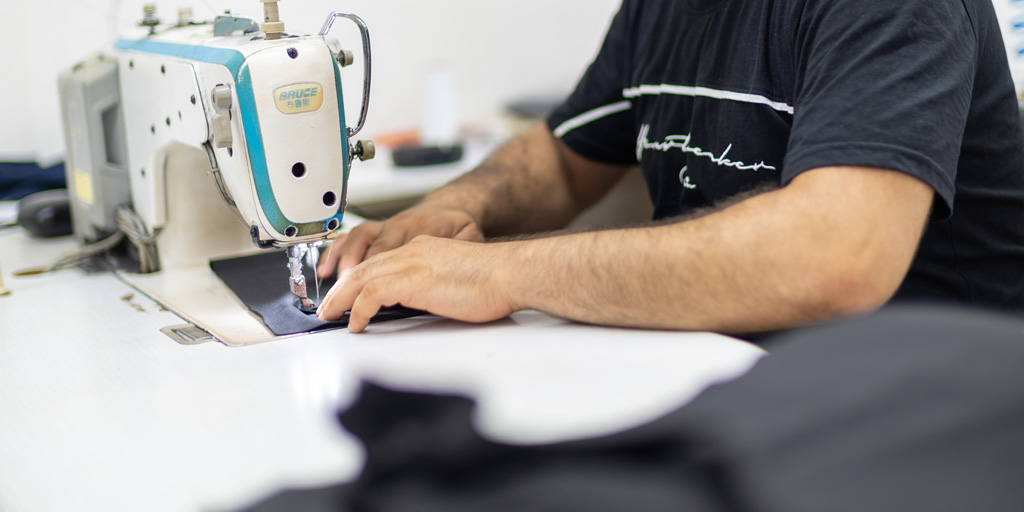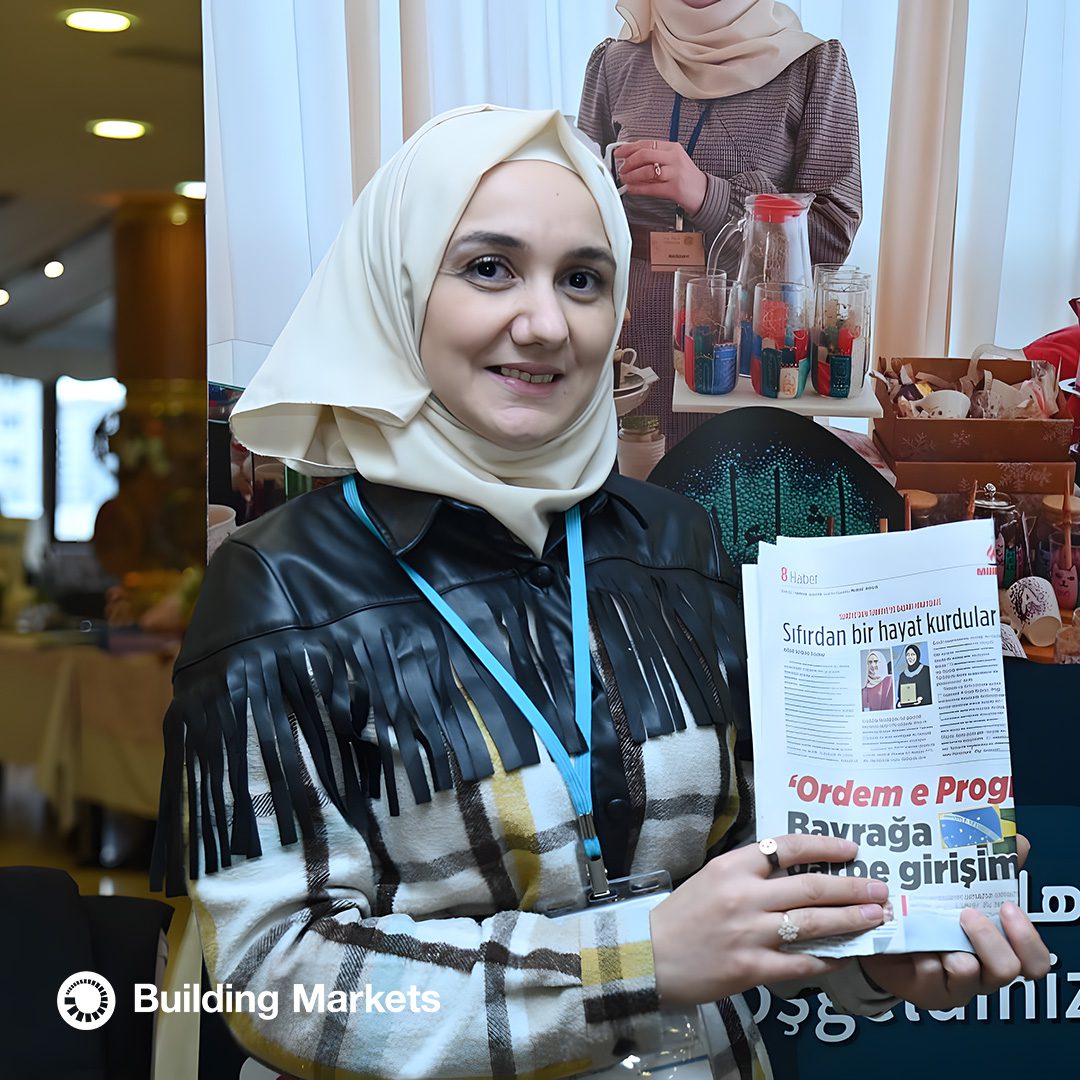Prior to the second outbreak of Ebola Virus Disease (EVD) in August 2014, the Liberian economy was growing at respectable rates, led by heavy investments in the mining and agriculture sectors. The extractive sector, as demonstrated in Building Markets’ “Leaving a Trace: The Potential Economic Impacts of Mining in Liberia”, showed that it could provide greater opportunities for local businesses and potential employment opportunities, if the Liberian Government and its partners invested in and prepared its businesses and workforce. As local SMEs were expanding and diversifying their client base, they incorporated new and improved systems and practices into their operations. In short, the country’s economic outlook pre-Eboa looked promising.
Since the outbreak of EVD, the economy of Liberia has been cast in a different light. During the peak of the outbreak, up until the recent recovery period that started in November 2014, the international community and the Government of Liberia were unsure of the exact economic consequences of the virus. Preparations, however, were made for the worst. With employment levels falling by 33%, the economy, as well as government revenues, will likely take a hit in at least the short and medium-term.
Now, as a new year begins, efforts to stem EVD have made solid gains and the country looks to recover from a tumultuous period in its modern history. In light of this, it is an opportune time to readjust our attention back to the pillars of the Liberian economy, the local SMEs. The United States Agency for International Development’s (USAID) Sustainable Marketplace Initiative – Liberia’s (SMI-L) latest report, “Gathering Competitive Momentum: An Overview of the Liberian Economy” describes the progress of the country’s economy up until the Ebola outbreak, and explores what the effects of the disease’s impact might be.

The report uses data collected through a combination of secondary source reviews and surveys to share highlights on the status and outlook of the Liberian marketplace. Primary data used in the report is based on a survey of 1,044 local businesses, an analysis of 111 contracts won by local businesses, 49 buyer interviews and in-depth interviews with selected buyers and suppliers.
The main takeaways of the report include:
Local Procurement Impact
- For every dollar spent with a local business, 86 cents is re-spent on local goods and services creating a multiplier effect of 1.86.
- Every $12,500 of contract value awarded to a local business leads to the creation of one full time equivalent job.
- Profits realized by local businesses lead to investment in new equipment, staff development and business expansion. 62% of the contracts analyzed led to business re-investments.
Macro-economic Situation
- The country’s GDP expanded 8.1% (pre-ebola outbreak) on the back of a 40% growth performance from the mining and panning sector.
- The trade deficit widened despite stronger export performance.
- Liberia’s ranking on the World Bank’s Ease of Doing Business improved by 5 positions from 149 in 2012 to 144 in 2013.
- The country’s Global Competitiveness Index ranking dropped from 111 out of 144 countries in the 2012-2013 period to 128 out of 148 countries in the 2013-2014 period due to slow progress in physical infrastructure development and an under-skilled workforce.
Local Business Landscape
- Almost 80% of registered businesses remain concentrated in Montserrado County.
- Ninety-six percent of businesses fall under the SME category but 19% report annual revenues in excess of $100,000.
- Access to Internet remains critical with an access rate of 48% in Montserrado and 19% for the rest of the country.
- A huge mismatch persists in demand and supply of financial credit; only 20% of businesses report having access to finance.
- Women participation in business ownership and management remains high at 34% and 33%, respectively.
- Only 19% of businesses utilized some form of business development service in the past.
Local Procurement Situation
- Access to tender information is still limited at 72% of the polled businesses.
- Client referrals and competitive bidding are the most common ways used by businesses to win contracts.
- Interest in bidding for tenders is high at 95% of total businesses surveyed.
- The Government of Liberia is the largest client to local businesses using SMI-L services, with 70% of total contract value.
Buyer Perspective on Local Procurement
- Buyer confidence in local suppliers is increasing. Eighty percent of buyers reported seeing an improvement in capabilities of local suppliers since last year. The proportion of buyers reporting formal commitments to source locally increased 5 percentage points to 46%.
- 62% of buyers use tender adverts to solicit local goods and services while the number of buyers with preferred vendor lists increased from 57% to 63% between 2013 and 2014.
- The quality of interactions between buyers and suppliers is mixed with a slight inclination to the positive side. 67% of buyers report having a positive experience, and, separately, 63% report having a negative experience with local suppliers.
Effects of EVD on the Liberian Economy
- As of November 6, 2014, the three most affected West African countries (Liberia, Sierra Leone, and Guinea) recorded some 13, 015 suspected Ebola Cases of which 6,525 representing slightly more than 50% were recorded in Liberia.
- The three most affected countries recorded some 4,808 deaths of which 2,766 or 57.5% were recorded in Liberia.
- Overall employment has decreased by 33% for businesses in this sample.
This report was made possible by the SMI-L’s generous donors: USAID, Humanity United, and the Australia-Africa Partnerships Facility. If you have questions about the report, or about SMI-L, please contact [email protected].
More from this author -
Latest News -

PDT – First Annual Plan of Action
Uncategorized

New assistance for local businesses available from Peace Dividend Trust
Uncategorized





![[Press Release] Building Markets Awarded Grant from the Nasdaq Foundation to Empower Women Entrepreneurs in Colombia](https://buildingmarkets.org/wp-content/uploads/2024/03/Nasdaq-Partnership-Announcement-2.jpg)